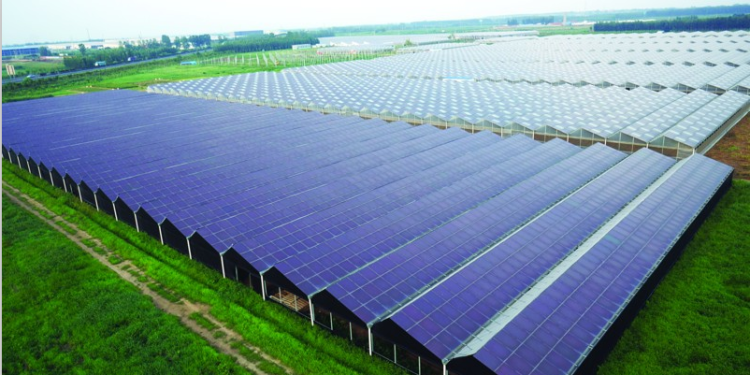#PhotovoltaicGreenhouses #SolarGreenhouses #SustainableAgriculture #FutureofFarming #RenewableEnergy #FoodSecurity #ClimateChange #SustainableFoodSystem #Biodiversity
As the world faces the impacts of climate change and a rapidly growing population, the future of farming is taking center stage. Amidst these challenges, a groundbreaking technology has emerged – photovoltaic greenhouses. These innovative structures combine crop cultivation with solar energy generation, providing a sustainable solution to global issues. This article explores the development and consequences of photovoltaic greenhouses and how they are transforming agriculture.
Photovoltaic greenhouses, also known as solar greenhouses, integrate crop cultivation with solar energy harnessing. The semi-transparent solar panels in these greenhouses allow sunlight to nourish the plants while simultaneously capturing solar energy. This dual functionality is revolutionizing the agricultural landscape and offering a synergistic approach that benefits both the environment and the economy.
One of the primary advantages of photovoltaic greenhouses lies in their potential to tackle food security challenges. With the world’s population projected to reach 9.7 billion by 2050, the demand for food is set to soar. Conventional farming methods may struggle to meet this demand due to limitations like land availability and climate change impacts. However, photovoltaic greenhouses can produce crops year-round, independent of external weather conditions, making them a viable solution for future food production challenges.
These greenhouses can be installed in diverse locations, including urban areas where traditional farming is not feasible. By reducing the distance food needs to travel from rural farms to urban markets, the concept of “food miles” and associated carbon emissions can be significantly reduced, while simultaneously supporting local economies.
The energy-producing aspect of photovoltaic greenhouses also holds great promise. The solar panels on these structures generate clean, renewable energy, which can be used to power the greenhouse itself or fed back into the grid. This reduces the greenhouse’s reliance on fossil fuels and contributes to the global shift towards renewable energy sources.
Moreover, the energy generated can offset the operational costs of these greenhouses. While the initial investment may be substantial, the long-term savings from reduced energy bills and the potential income from selling excess energy to the grid make them a financially viable option for farmers.
Another notable benefit is the positive impact on biodiversity. By reducing the need for large-scale monoculture farming, photovoltaic greenhouses aid in preserving natural habitats and promote a more diverse range of plant and animal species.
Photovoltaic greenhouses signify a significant leap in agricultural advancement. By combining food production with renewable energy generation, these structures offer a sustainable and efficient solution to some of the world’s most pressing challenges. As we look to the future, it is evident that this innovative technology has the potential to revolutionize farming and play a crucial role in creating a more sustainable and resilient food system.










